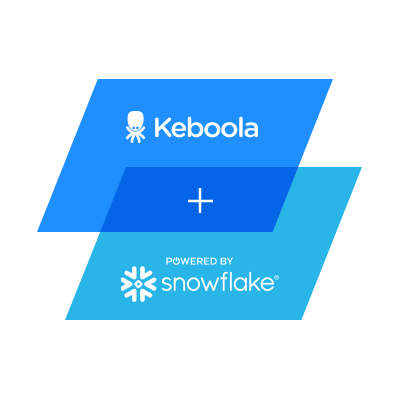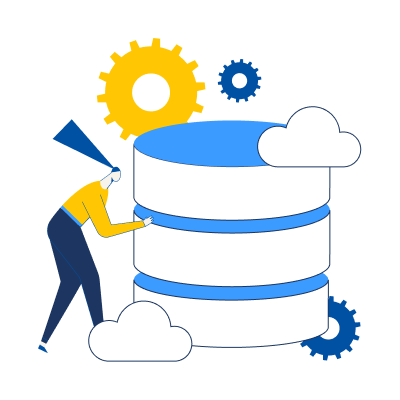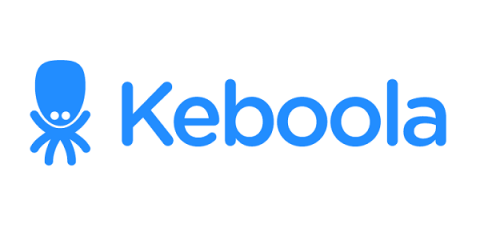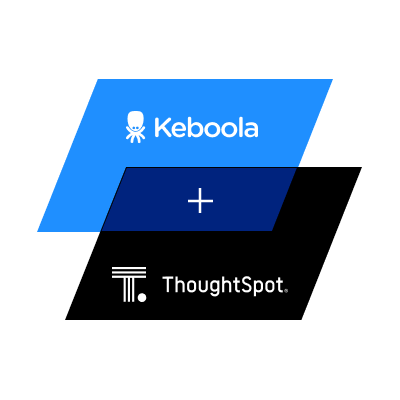Systems | Development | Analytics | API | Testing
Keboola
Why Doesn't the Modern Data Stack Result in a Modern Data Experience?
6 Best Data Integration Tools of 2022
7 Best Data Pipeline Tools 2022
The data pipeline is at the heart of your company’s operations. It allows you to take control of your raw data and use it to generate revenue-driving insights. However, managing all the different types of data pipeline operations (data extractions, transformations, loading into databases, orchestration, monitoring, and more) can be a little daunting. Here, we present the 7 best data pipeline tools of 2022, with pros, cons, and who they are most suitable for. 1. Keboola 2. Stitch 3. Segment 4.
Introduction to Automated Data Analytics (With Examples)
A Guide to Principal Component Analysis (PCA) for Machine Learning
Principal Component Analysis (PCA) is one of the most commonly used unsupervised machine learning algorithms across a variety of applications: exploratory data analysis, dimensionality reduction, information compression, data de-noising, and plenty more. In this blog, we will go step-by-step and cover: Before we delve into its inner workings, let’s first get a better understanding of PCA. Imagine we have a 2-dimensional dataset.
7 Best Change Data Capture (CDC) Tools of 2022
Keboola + ThoughtSpot = Automated insights in minutes
Complete ETL Process Overview (design, challenges and automation)
The Extract, Transform, and Load process (ETL for short) is a set of procedures in the data pipeline. It collects raw data from its sources (extracts), cleans and aggregates data (transforms) and saves the data to a database or data warehouse (loads), where it is ready to be analyzed. A well-engineered ETL process provides true business value and benefits such as: Novel business insights. The entire ETL process brings structure to your company’s information.









